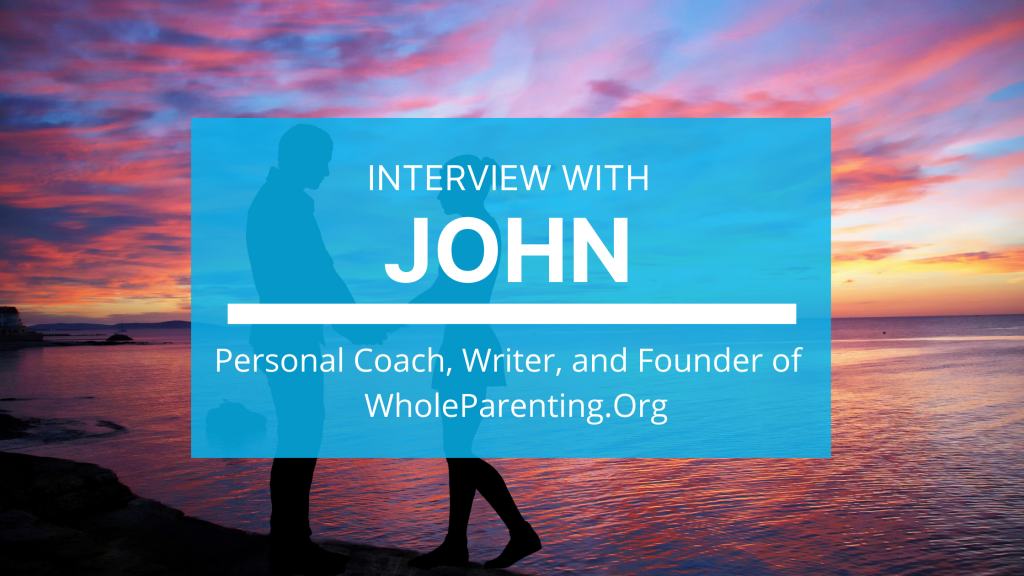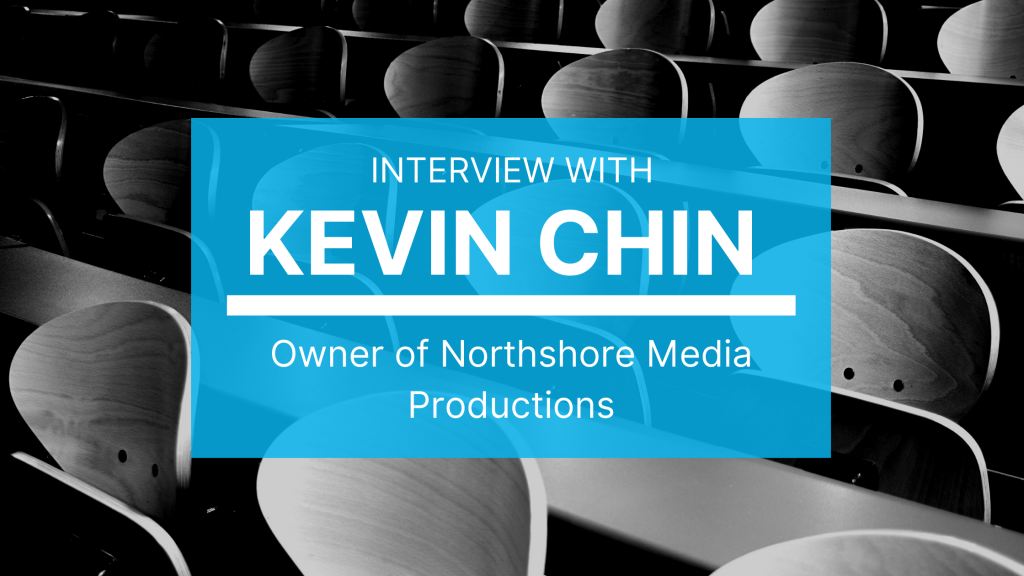
We recently had the chance to talk to Derek Neuts, Software Developer and Founder of IronGlove Studio, a full-service boutique agency specializing in data-driven, holistic design services for websites and applications. He provides a keen review of how AirSend supports collaboration and project fulfillment for his small business
Here’s a transcript of our conversation (edited for clarity):
ME: Can you tell me a little bit about what you do and how you’re using AirSend?
DEREK: I own a small web development software firm. There’s somewhere between, I think 12 or 13 of us here right now. So we’re small, super small. But you know, we take quality over quantity, and we’ve been growing for the past three years.
What I really wanted was a way for everybody to collaborate on each project. My team is distributed. Most of them are offshore, but I have some U.S. contractors, and it works out really well, because now we’re able to get in there. There’s no lag, it’s super smooth. The interface is very simple, and nobody feels like they need to be a network administrator to figure this out.
For the small guys like me, we need a solution that has a degree of affordability or free for a period of time to kind of get into it, to see if you like it without purging a lot of money out. I just feel like a lot of these solutions are geared towards enterprise customers and very few solutions were geared towards small, working agencies.
ME: Which parts are you finding that you use more, and then which ones are you finding that you use less?
DEREK: I set up a group called “agency”. The agencies are set up so I could notify all three of them that something specific to them. It’s really helpful to have groups like that. I have another group just for me, for internal notes and documents. Then I have another tab of groups called client projects. I have seven channels, and that’s kind of helpful because, with a smaller team like ours, certain people are working on certain projects. I assign them to those channels, and I can make them aware of certain tasks, like contacting the client or discussing budgets. Or just general project updates.
We’ve shared files, and maybe once so far I attempted to use the telephone option to have an in-person conference. It was easier than getting a zoom link; It’s like, ‘I need to talk to you and you’re 4,000 miles away, let’s just talk real quick’.
I like the Wiki, by the way, I’m going to start using that to note procedures for certain clients in each one of those channels, to remind them, ‘this is where you go to find this.’
I feel kind of like I found a home for the team; the biggest seller is the interface.
Me: Thank you so much for your time.
If you want to learn more about Derek and the projects IronGlove Studio works on, you can visit his website here: https://www.ironglove.studio/
AirSend is a versatile digital workspace for professionals to share files, send messages, and complete tasks. See how AirSend can help you as your business grows here.





